Anterior Talofibular Ligament
Table of Contents
Introduction
The anterior talofibular ligament (ATFL) is a band of fibrous tissue that connects the talus bone in the foot to the fibula bone in the lower leg. It is one of the most commonly injured ligaments in the ankle, especially during activities that involve sudden changes in direction or jumping.
The anterior talofibular ligament is located on the lateral (outer) side of the ankle and is responsible for preventing excessive inversion (rolling inward) of the foot. It is composed of two distinct bands, the anterior and posterior fibers, which work together to provide stability to the ankle joint.
Structure of the anterior talofibular ligament
The anterior talofibular ligament (ATFL) is a thin, fibrous band that connects the talus bone in the foot to the fibula bone in the lower leg. It is located on the lateral (outer) side of the ankle and is responsible for preventing excessive inversion (rolling inward) of the foot.
The anterior talofibular ligament is composed of two distinct bands, the anterior and posterior fibers, which work together to provide stability to the ankle joint. The anterior fibers are shorter and thicker than the posterior fibers and attach to the front of the talus bone. The posterior fibers are longer and thinner and attach to the back of the talus bone.
The anterior talofibular ligament is part of a larger network of ligaments, tendons, and muscles that work together to support and stabilize the ankle joint. These structures include the calcaneofibular ligament, the posterior talofibular ligament, the deltoid ligament, and the peroneal tendons.
Attachment of the anterior talofibular ligament
The anterior talofibular ligament (ATFL) attaches to two bones in the lower leg and foot: the fibula and the talus.
The fibula is a long, thin bone located on the outer side of the lower leg. The anterior talofibular ligament attaches to the fibula just below the knee joint, at a point called the lateral malleolus. The lateral malleolus is a bony protrusion that can be felt on the outer side of the ankle.
The talus is a small bone located in the foot, between the heel bone (calcaneus) and the two bones of the lower leg (tibia and fibula). The anterior talofibular ligament attaches to the front of the talus, near the ankle joint.
The anterior talofibular ligament is composed of two distinct bands: the anterior and posterior fibers. The anterior fibers are shorter and thicker than the posterior fibers and attach to the front of the talus bone. The posterior fibers are longer and thinner and attach to the back of the talus bone.
Together, these fibers work to provide stability to the ankle joint, particularly during movements that involve inversion (rolling inward) of the foot. When the foot rolls inward, the anterior talofibular ligament tightens and helps prevent excessive movement that could lead to injury.
Functions of the anterior talofibular ligament
The anterior talofibular ligament (ATFL) plays a crucial role in stabilizing the ankle joint and preventing excessive movement that could lead to injury. Here are some of the functions of the anterior talofibular ligament in detail:
- Provides lateral stability: The anterior talofibular ligament is responsible for providing lateral stability to the ankle joint, which means it helps prevent the foot from rolling inward (inversion). This is important because inversion injuries are one of the most common types of ankle injuries, especially in sports that involve jumping, cutting, or pivoting movements.
- Limits excessive plantarflexion: The anterior talofibular ligament also limits excessive plantarflexion of the ankle joint, which is when the foot points downward. This is important because excessive plantarflexion can put stress on the Achilles tendon and lead to injuries like Achilles tendinitis or ruptures.
- Supports dorsiflexion: The anterior talofibular ligament also provides support for dorsiflexion of the ankle joint, which is when the foot points upward. This is important because dorsiflexion is necessary for many activities like walking, running, and jumping.
- Prevents anterior displacement of the talus: The anterior talofibular ligament also helps prevent anterior displacement of the talus bone, which is when the talus moves too far forward and can cause damage to the ankle joint. This is important because anterior displacement can occur during high-impact activities like jumping or landing from a jump.
Overall, the anterior talofibular ligament is an important ligament that helps provide stability and support to the ankle joint during a variety of movements. Without the anterior talofibular ligament, the ankle would be more susceptible to injuries and instability.
Blood supply of the anterior talofibular ligament
The anterior talofibular ligament (ATFL) receives its blood supply from several sources. The most significant source is the perforating branch of the peroneal artery, which runs along the lateral malleolus and provides blood to the lateral aspect of the ankle joint. The peroneal artery is a branch of the posterior tibial artery, which originates from the popliteal artery in the thigh.
In addition to the perforating branch of the peroneal artery, the anterior talofibular ligament also receives blood from the anterior tibial artery, which runs along the front of the ankle joint. The anterior tibial artery is a branch of the popliteal artery and supplies blood to the anterior aspect of the ankle joint.
The blood supply to the anterior talofibular ligament is important because it helps to nourish the ligament and promote healing after injury. Injuries to the anterior talofibular ligament can disrupt its blood supply, which can lead to delayed healing or even avascular necrosis (death of tissue due to lack of blood supply).
In general, the anterior talofibular ligament receives its blood supply from the perforating branch of the peroneal artery and the anterior tibial artery. This blood supply is crucial for maintaining the health and function of the ligament.
Injuries of the anterior talofibular ligament
The anterior talofibular ligament (ATFL) can be injured during a variety of activities that involve sudden changes in direction or impact on the ankle joint. Some common activities that can cause injury to the anterior talofibular ligament include:
- Sports: Sports that involve jumping, running, cutting, or pivoting can put significant stress on the ankle joint and increase the risk of anterior talofibular ligament injury. Examples include basketball, soccer, football, tennis, and volleyball.
- Uneven surfaces: Walking or running on uneven surfaces such as rocky terrain or unstable ground can cause the ankle to twist or roll, leading to anterior talofibular ligament injury.
- High heels: Wearing high-heeled shoes can shift the weight distribution of the foot and ankle, increasing the risk of ankle sprains and anterior talofibular ligament injury.
- Falls: Falling from a height or tripping over an object can cause the ankle to twist or roll, leading to anterior talofibular ligament injury.
- Overuse: Repetitive activities such as running or jumping can put stress on the ankle joint and lead to overuse injuries, including anterior talofibular ligament strains or tears.
In the end, any activity that involves sudden changes in direction or impact on the ankle joint can cause injury to the anterior talofibular ligament. It is important to take proper precautions and wear appropriate footwear to reduce the risk of injury during these activities.
Symptoms of the anterior talofibular ligament
The anterior talofibular ligament (ATFL) is a ligament located on the outer side of the ankle that connects the talus bone to the fibula bone. It is responsible for stabilizing the ankle joint during movement. When the anterior talofibular ligament is injured, it can cause a variety of symptoms, including:
- Pain: The most common symptom of an anterior talofibular ligament injury is pain in the ankle joint. The pain may be sharp or dull and may be experienced on the lateral side of the ankle.
- Swelling: An injury to the anterior talofibular ligament can cause swelling around the ankle joint. The swelling may be mild or severe, depending on the effect of the injury.
- Bruising: In some cases, an injury to the anterior talofibular ligament can cause bruising around the ankle joint. The bruising may be mild or severe and may take several days to seem.
- Instability: An injury to the anterior talofibular ligament can cause instability in the ankle joint. This means that the ankle may feel weak or wobbly, making it difficult to walk or stand.
- Limited range of motion: An injury to the anterior talofibular ligament can also cause a limited range of motion in the ankle joint. This means that it may be difficult to move the ankle up and down or side to side.
- Difficulty bearing weight: In severe cases, an injury to the anterior talofibular ligament can make it difficult to bear weight on the affected foot. This may require the use of crutches or other assistive devices until the injury heals.
If you are feeling any of these symptoms, it is important to take medical attention from a healthcare professional as soon as possible.
Diagnosis of the anterior talofibular ligament
The anterior talofibular ligament (ATFL) is a ligament located on the outside of the ankle joint that connects the talus bone to the fibula bone. The anterior talofibular ligament plays an important role in stabilizing the ankle joint and preventing excessive movement, particularly during activities that involve twisting or turning the foot.
Injury to the anterior talofibular ligament can occur as a result of a sudden twisting or rolling of the ankle, such as during a sports injury or a fall. Symptoms of an anterior talofibular ligament injury may include pain, swelling, bruising, and difficulty bearing weight on the affected ankle.
To diagnose an anterior talofibular ligament injury, a healthcare professional will typically perform a physical examination, including the anterior drawer test. During this test, the healthcare professional will apply a forward force to the heel while simultaneously pulling the foot towards them to assess the integrity of the anterior talofibular ligament.
Other diagnostic tests, such as MRI or ultrasound, may also be used to confirm the diagnosis and determine the extent of the injury. An MRI can provide detailed images of the soft tissue structures in the ankle joint, while ultrasound can be used to visualize the ligaments and tendons in real-time.
Treatment options for anterior talofibular ligament injuries may include rest, ice, compression, and physical therapy to help reduce pain and swelling, improve the range of motion, and strengthen the muscles around the ankle joint. In severe conditions, surgery may be needed to repair or reconstruct the damage to the ligament.
In general, proper diagnosis and treatment of anterior talofibular ligament injuries are essential to prevent long-term complications and restore function to the ankle joint.
Treatment of the anterior talofibular ligament
The anterior drawer test
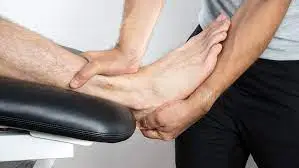
The anterior drawer test of the Ankle joint is a physical examination technique used to assess the integrity of the anterior talofibular ligament (ATFL) in the ankle joint. The test is performed with the patient lying on their back with their knee bent and their foot resting on the examination table. The examiner then stabilizes the lower leg with one hand and grasps the heel with the other hand.
To perform the test, the examiner applies a forward force to the heel while simultaneously pulling the foot towards them. This motion simulates the movement of the ankle during a sprain or injury to the anterior talofibular ligament. If the anterior talofibular ligament is intact, there should be minimal movement of the talus bone in the ankle joint.
If there is significant movement of the talus bone, it may indicate a partial or complete tear of the anterior talofibular ligament. The severity of the injury can be determined by the amount of movement observed during the test.
The anterior drawer test is a useful diagnostic tool for assessing anterior talofibular ligament injuries, but it should be performed by a trained healthcare professional to ensure accuracy and prevent further injury. Other tests, such as MRI or ultrasound, may also be used to confirm the diagnosis and determine the extent of the injury. Treatment options for anterior talofibular ligament injuries may include rest, ice, compression, and physical therapy, or in severe cases, surgery may be necessary.
Conservative treatment
Conservative treatment of an anterior talofibular ligament (ATFL) injury involves non-surgical methods to reduce pain, and swelling, and improve ankle joint function. The following are some of the conservative treatment options for anterior talofibular ligament injuries:
- Rest: Resting the injured ankle is essential to prevent further damage and promote healing. It is recommended to avoid activities that cause pain or stress on the ankle joint.
- Ice: The application of ice to the injured ankle can help in reducing swelling and pain. Ice application should be for 15-20 minutes at a time, a few times a day.
- Compression: Compression bandages or wraps can help reduce swelling and provide support to the ankle joint. It is important not to wrap the bandage too tightly as it can restrict blood flow.
- Elevation: Elevating the injured ankle above the heart level can help reduce swelling and improve blood flow to the area.
- Physical therapy: A physical therapist can design an exercise program that includes stretching and strengthening exercises to improve ankle joint mobility and reduce pain. Physiotherapy Treatment can also help to reduce the risk of injuries by improving balance and stability.
- Medications: Over-the-counter pain medications such as acetaminophen or ibuprofen can help in reducing pain and inflammation.
- Bracing: Wearing an ankle brace or support can provide additional stability to the ankle joint and prevent further injury.
Conservative treatment for anterior talofibular ligament injuries typically lasts for several weeks or months, depending on the severity of the injury. It is important to follow the healthcare professional’s instructions and attend all scheduled appointments to ensure proper healing and prevent long-term complications.
Physiotherapy treatment
Physical therapy is an important part of the conservative treatment of anterior talofibular ligament injuries. A physical therapist can design a personalized exercise program to help improve ankle joint mobility and reduce pain. The following are some of the physiotherapy treatments for anterior talofibular ligament injuries:

Range of motion exercises: These exercises involve moving the ankle joint through its full range of motion to improve flexibility and mobility. The physical therapist may use manual techniques or devices such as resistance bands to help stretch the ankle joint.
Strengthening exercises: These exercises help strengthen the muscles around the ankle joint, which can provide support and stability to the joint. The physical therapist may use weights, resistance bands, or other devices to provide resistance during these exercises.
Balance and proprioception training: These exercises help improve balance and coordination, which can reduce the risk of future injuries. The physical therapist may use devices such as balance boards or foam pads to challenge the ankle joint and improve proprioception.
Gait training: Gait training involves analyzing the way a person walks and identifying any abnormalities or imbalances that may be contributing to the injury. The physical therapist may provide guidance on proper walking techniques and prescribe exercises to improve gait.
Manual therapy: Manual therapy techniques such as massage, joint mobilization, or manipulation can help reduce pain and improve joint mobility.
Modalities: Modalities such as ultrasound, electrical stimulation, or cold therapy may be used to reduce pain and inflammation.
The duration of physiotherapy treatment for anterior talofibular ligament injuries varies depending on the severity of the injury and the individual’s response to treatment. It is very crucial to follow the physical therapist’s advice and attend all scheduled appointments in order to make sure proper healing and prevent long-term complications of injuries.
Risk factors of the anterior talofibular ligament
The anterior talofibular ligament (ATFL) is one of the most commonly injured ligaments in the ankle. There are several risk factors that can increase the likelihood of an anterior talofibular ligament injury:
- Ankle instability: Individuals with a history of ankle sprains or instability are at a higher risk of injuring the anterior talofibular ligament. This is because previous injuries can weaken the ligament and make it more susceptible to future injuries.
- Sports participation: Athletes who participate in sports that involve jumping, cutting, or pivoting movements are at a higher risk of anterior talofibular ligament injuries. These sports involve football, volleyball, basketball, and soccer.
- Footwear: Wearing shoes that do not provide adequate support or have worn-out soles can increase the risk of ankle injuries, including anterior talofibular ligament injuries.
- Ankle range of motion: Individuals with limited ankle range of motion or stiffness in the ankle joint are at a higher risk of anterior talofibular ligament injuries. This is because a limited range of motion can put extra stress on the ligament during movement.
- Muscle weakness: Weakness in the muscles surrounding the ankle joint can contribute to instability and increase the risk of anterior talofibular ligament injuries.
- Body weight: Being overweight or obese can increase the stress on the ankle joint and increase the risk of anterior talofibular ligament injuries.
- Age: Older individuals may be at a higher risk of anterior talofibular ligament injuries due to age-related changes in the ligament and decreased muscle strength and flexibility.
- Gender: Females are more likely to experience anterior talofibular ligament injuries than males, possibly due to differences in anatomy and hormonal factors.
It is very crucial to be aware of these risk factors and take steps to reduce the risk of anterior talofibular ligament injuries, such as wearing appropriate footwear, maintaining ankle flexibility and strength, and participating in sports with proper technique and conditioning.
How to prevent injuries of the anterior talofibular ligament
Preventing injuries from the anterior talofibular ligament involves several steps, including:
- Strengthening exercises: Regularly performing exercises that strengthen the muscles surrounding the ankle joint can help improve stability and reduce the risk of anterior talofibular ligament injuries. These exercises can include calf raises, ankle circles, and resistance band exercises.
- Stretching: Stretching the muscles around the ankle joint can help improve flexibility and reduce the risk of anterior talofibular ligament injuries. Stretching exercises can include calf stretches, heel drops, and ankle dorsiflexion stretches.
- Proper footwear: Wearing shoes that provide adequate support and cushioning can help reduce the risk of anterior talofibular ligament injuries. Shoes should fit well and have a non-slip sole to prevent slips and falls.
- Bracing or taping: Wearing an ankle brace or taping the ankle can help provide additional support and stability to the ankle joint during physical activity.
- Proper technique: Using proper technique when participating in sports or physical activity can help reduce the risk of anterior talofibular ligament injuries. This includes using proper form when jumping, cutting, or pivoting, and avoiding sudden changes in direction.
- Gradual progression: Gradually increasing the intensity and duration of physical activity can help prevent overuse injuries, including anterior talofibular ligament injuries.
- Rest and recovery: Taking time to rest and recover after physical activity can help prevent injuries by allowing the body to recover and repair itself.
By following these steps, individuals can reduce their risk of anterior talofibular ligament injuries and maintain a healthy and active lifestyle. If an injury does occur, it is essential to take medical attention and follow a proper rehabilitation program to ensure a full recovery.
FAQ
The anterior talofibular ligament (ATFL) is a ligament that connects the talus bone in the foot to the fibula bone in the lower leg. It is one of the most commonly injured ligaments in the ankle.
The anterior talofibular ligament helps to stabilize the ankle joint by preventing excessive inversion (inward rolling) of the foot.
The anterior talofibular ligament can be injured through a variety of mechanisms, including twisting or rolling the ankle, landing awkwardly from a jump, or stepping on an uneven surface. It is commonly injured during sports such as basketball, soccer, and volleyball.
Symptoms of an anterior talofibular ligament injury may include pain, swelling, bruising, and difficulty bearing weight on the affected foot. The ankle may also feel unstable or give way easily.
An anterior talofibular ligament injury is typically diagnosed through a physical examination and imaging tests such as X-rays or MRI.
Treatment for an anterior talofibular ligament injury depends on the severity of the injury. Mild injuries may be cured with compression, elevation (RICE), rest, ice, and physical therapy. More severe injuries may require immobilization in a cast or brace and surgery in some cases.
An anterior talofibular ligament injury can be prevented by wearing appropriate footwear during physical activity, performing ankle-strengthening exercises, and avoiding activities that put excessive stress on the ankle joint.

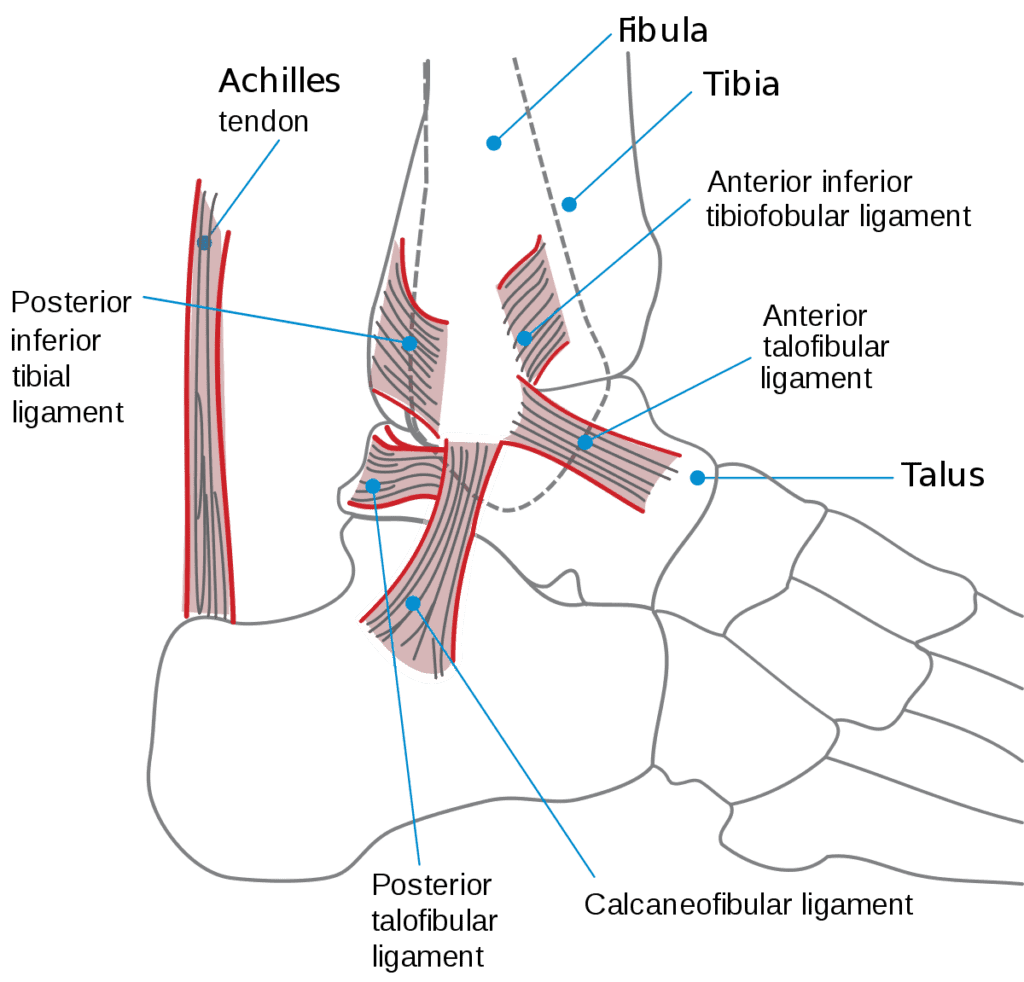
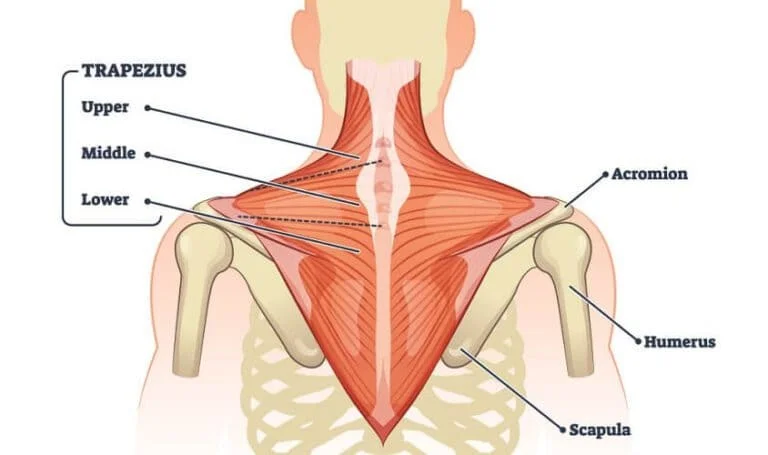

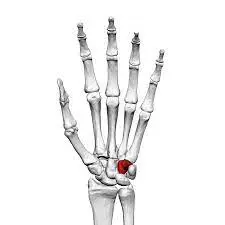
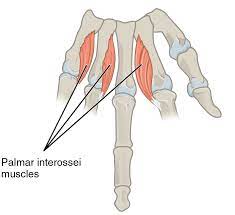
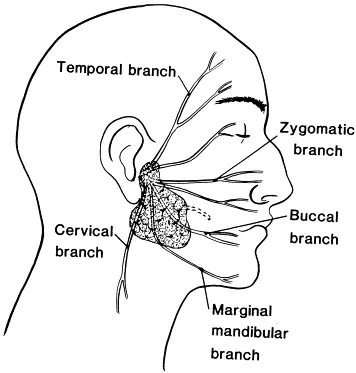
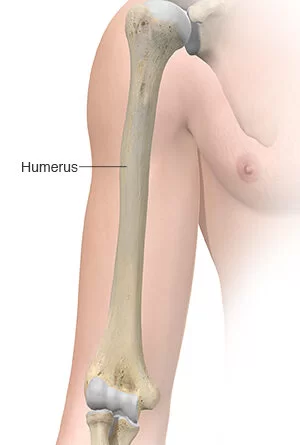
One Comment